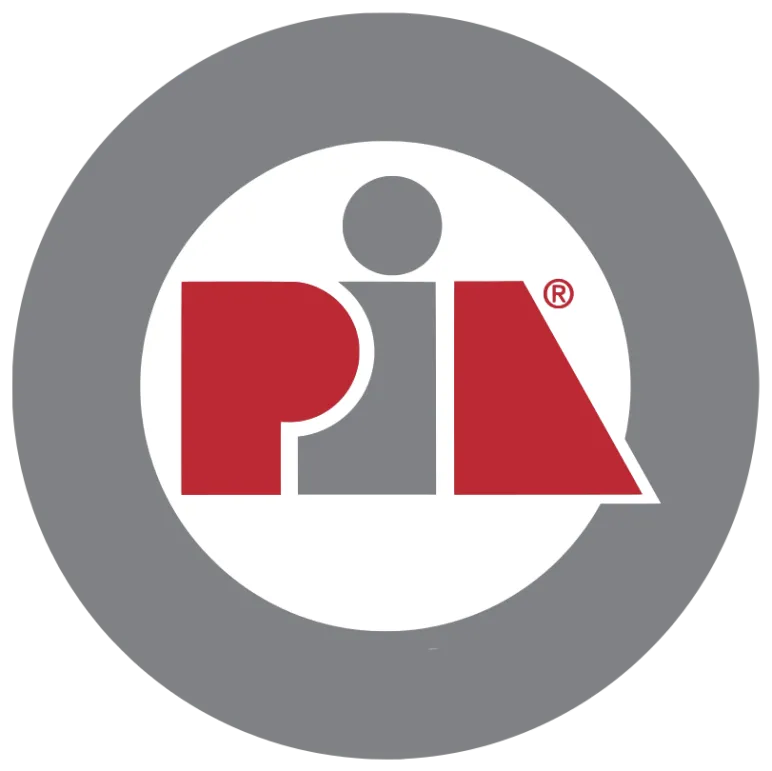
Choosing Your Path: Non-Owner vs. Standard FR44 Insurance Explained
Understanding FR44 Insurance: A Primer
FR44 insurance is a type of car insurance required by certain states, notably Florida and Virginia, for drivers who have committed serious traffic violations such as DUIs. The main purpose of FR44 insurance is to ensure that high-risk drivers carry a certain amount of liability coverage, which is higher than standard auto insurance policies. This coverage is critical not only for meeting legal requirements but also for protecting public safety by ensuring that drivers can cover damages or injuries they may cause while driving. The requirements for FR44 insurance can vary by state but generally involve maintaining significantly higher liability limits over a period, usually three years, demonstrating financial responsibility.
Non-Owner FR44 Insurance: Who Needs It?
Non-owner FR44 insurance is designed for individuals who do not own a vehicle but are still required to show proof of financial responsibility following a serious driving infraction. This type of insurance is particularly beneficial for those who frequently rent cars or borrow vehicles from friends or family. Non-owner FR44 insurance covers liability for damages or injuries the policyholder might cause to others while driving a non-owned vehicle. It does not cover damages to the vehicle being driven, which is typically covered by the vehicle owner's insurance policy. Choosing non-owner FR44 insurance can be a strategic decision for those who need to comply with legal mandates without the added cost of insuring a specific vehicle.
Standard FR44 Insurance: Understanding the Requirements
Standard FR44 insurance is necessary for individuals who own a vehicle and have been mandated to carry higher liability coverage due to a DUI or another serious driving violation. This insurance is attached to a specific vehicle and includes not only liability coverage but also, potentially, collision and comprehensive coverage depending on the owner's preferences. The key aspect of standard FR44 insurance is that it satisfies state requirements for vehicle owners to carry higher limits of liability insurance, which protects against potential claims for significant damages or injuries caused in an accident.
Transitioning From SR22 to Standard Insurance
Many drivers often confuse FR44 with SR22 insurance, though both serve to prove financial responsibility after serious driving offenses. The key to transitioning off SR22 insurance involves maintaining a clean driving record and making consistent insurance payments throughout the required period, which is typically three to five years. After fulfilling these obligations, drivers can usually revert to standard insurance policies, which might result in lower premiums. Understanding the specific steps and timeline for this transition can help drivers effectively plan their return to less restrictive and potentially less costly insurance coverage.
Frequently Asked Questions
What is the main difference between non-owner and standard FR44 insurance?
The main difference lies in the ownership of the vehicle. Non-owner FR44 insurance is designed for those who do not own a vehicle but still need to meet legal requirements, while standard FR44 insurance is linked to a specific vehicle owned by the policyholder, covering more comprehensive aspects of car insurance.
How long do I need to maintain FR44 insurance?
Typically, FR44 insurance must be maintained for three years from the date of reinstatement. However, this period can vary depending on the state's requirements and the specifics of the driving offense.
Can non-owner FR44 insurance cover damages to the vehicle I am driving?
No, non-owner FR44 insurance only covers liability for damages or injuries you may cause to others. It does not cover damages to the vehicle you are driving; this is generally covered under the vehicle owner's insurance policy.
What are the benefits of transitioning from SR22 to standard insurance?
Transitioning from SR22 to standard insurance can lead to lower insurance premiums, fewer restrictions, and a broader selection of insurance providers. It signifies a return to a lower-risk status, which can substantially decrease your insurance costs over time.






Facebook
Instagram
LinkedIn